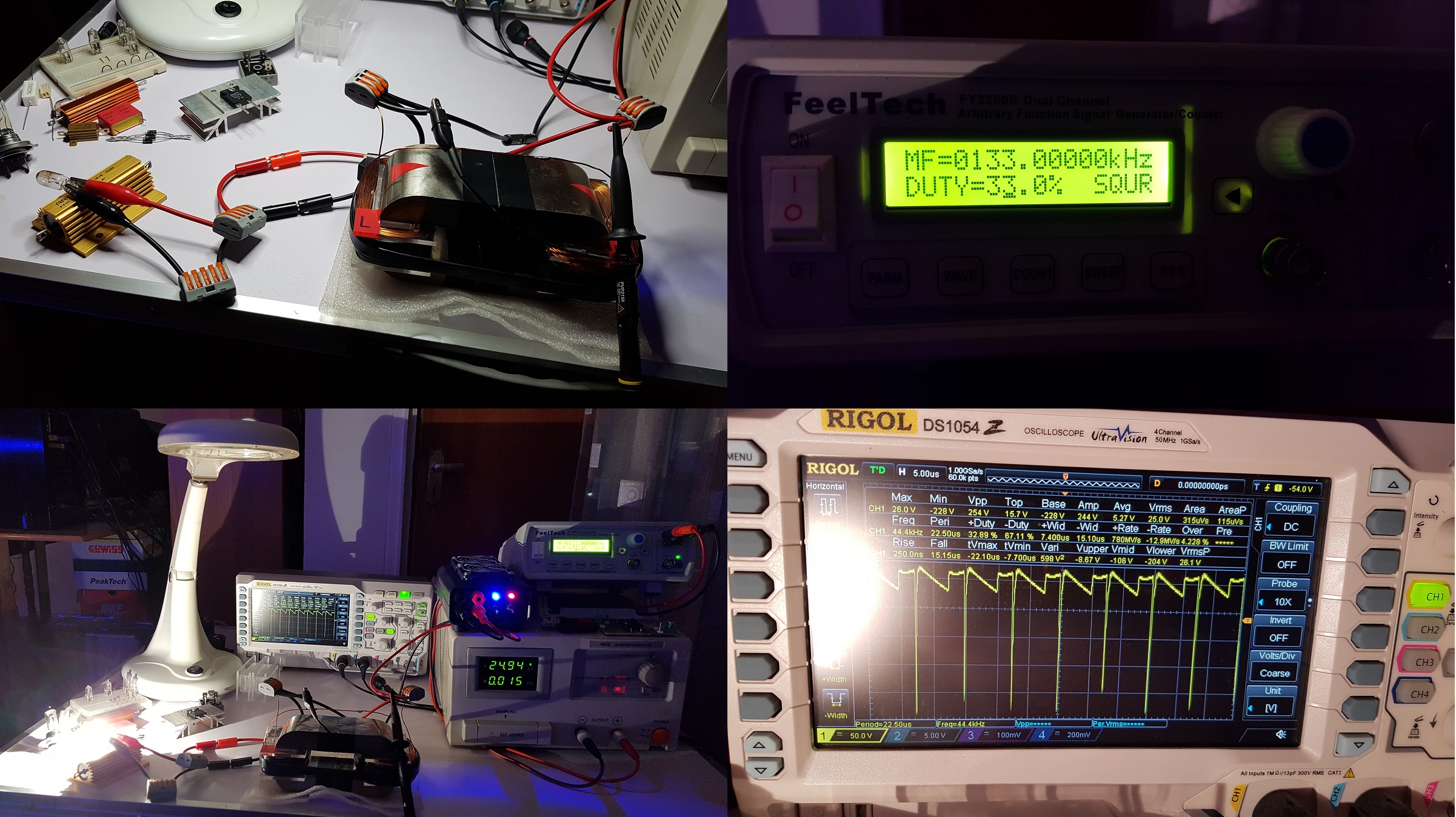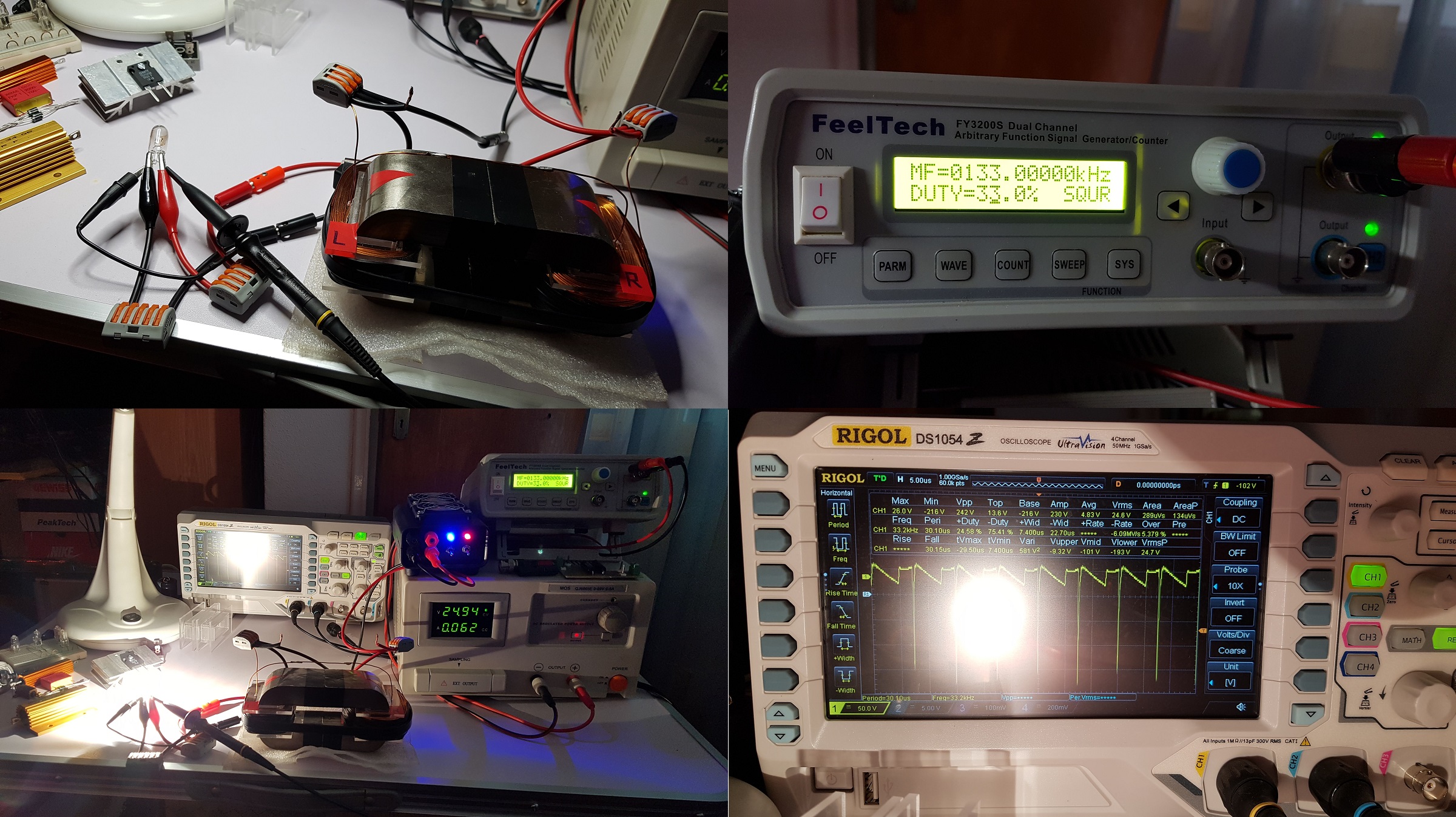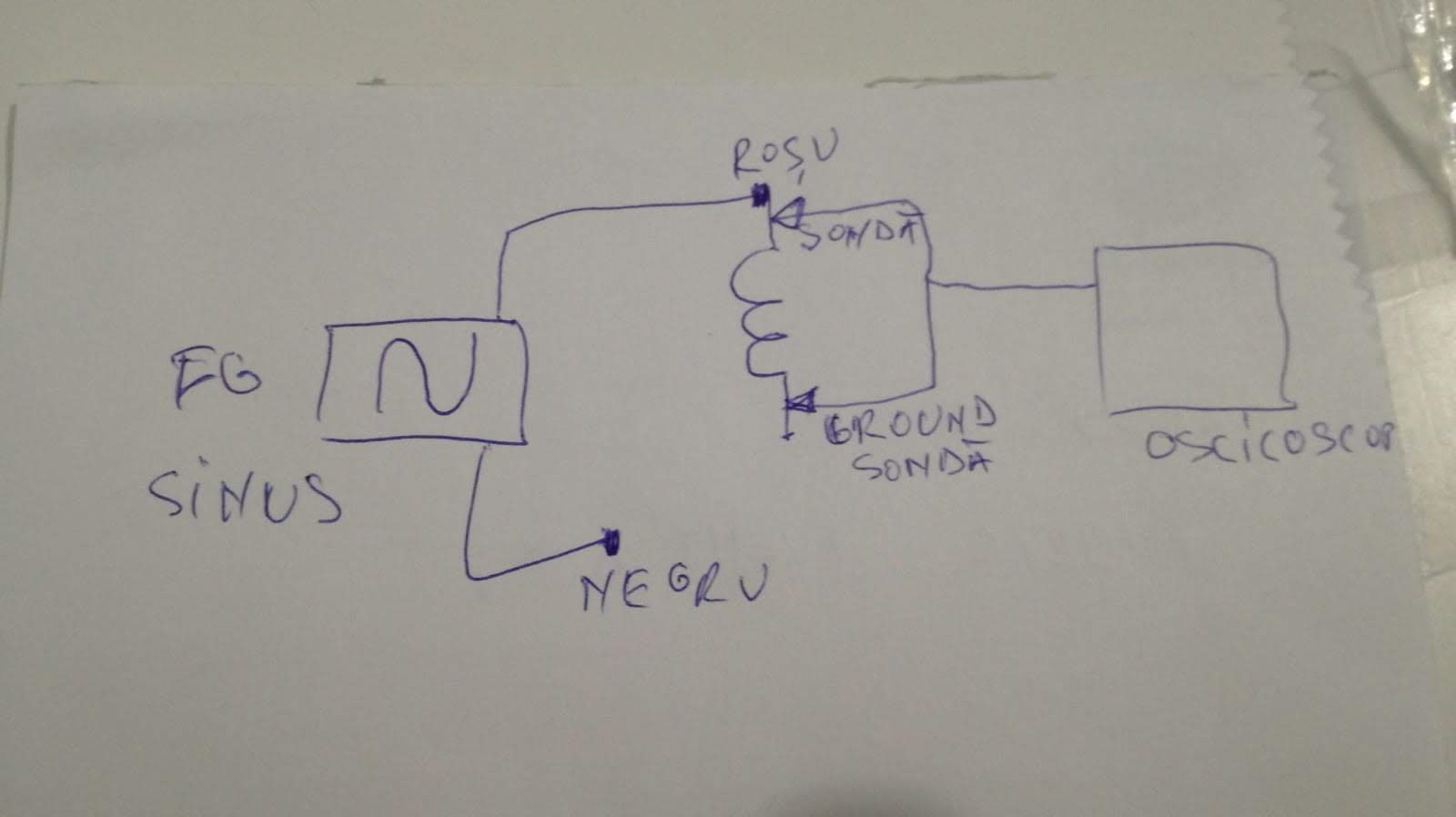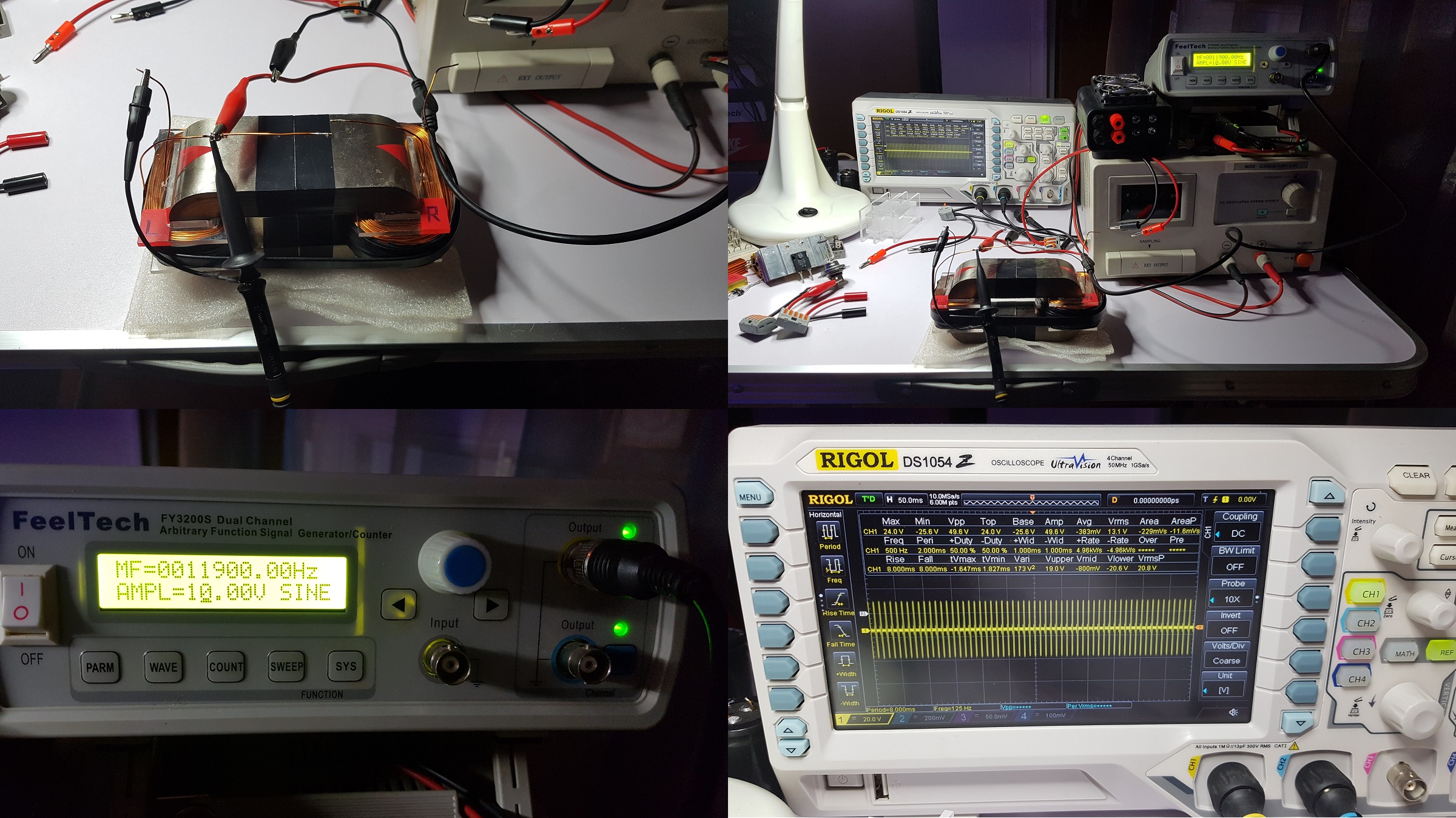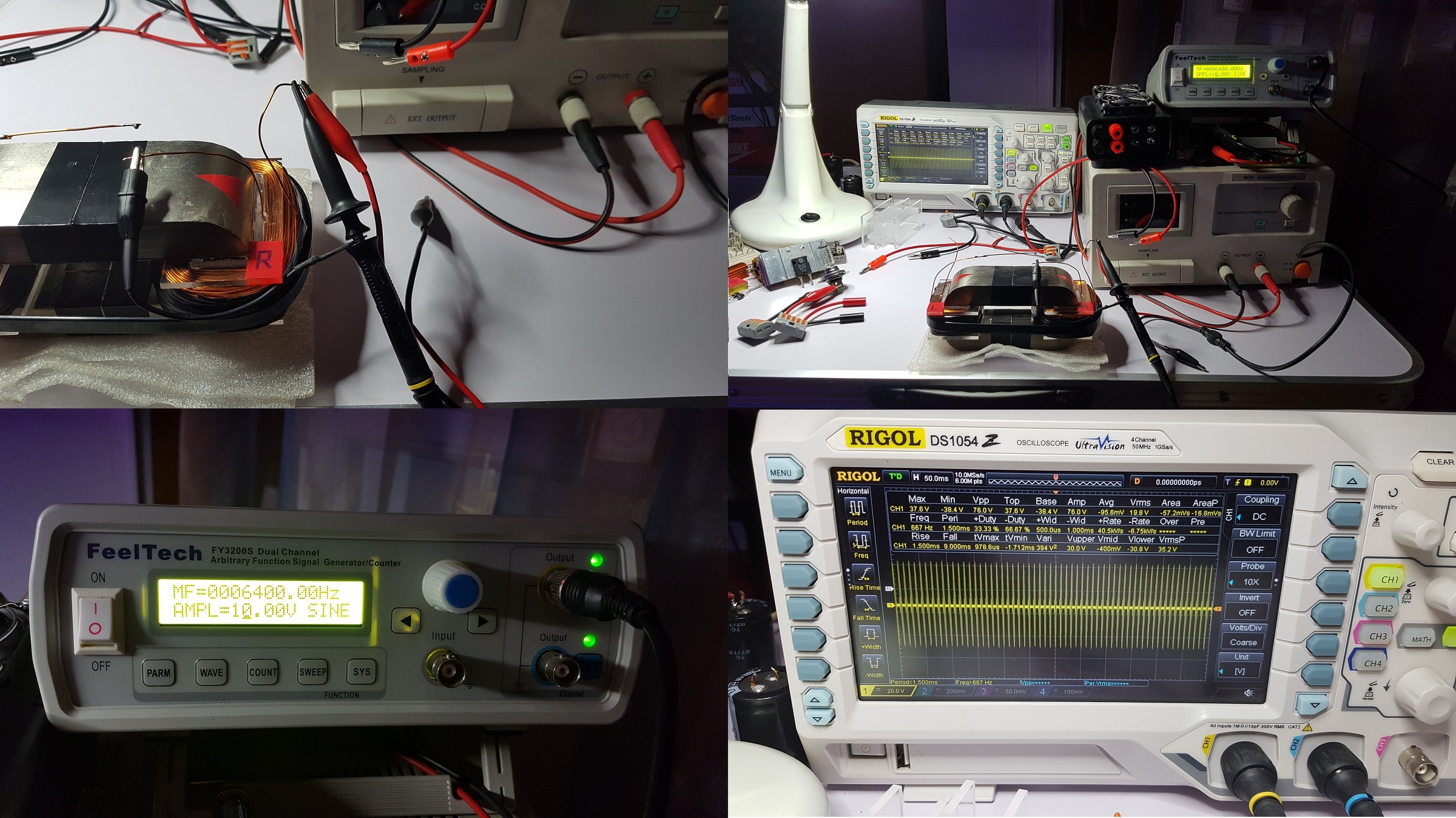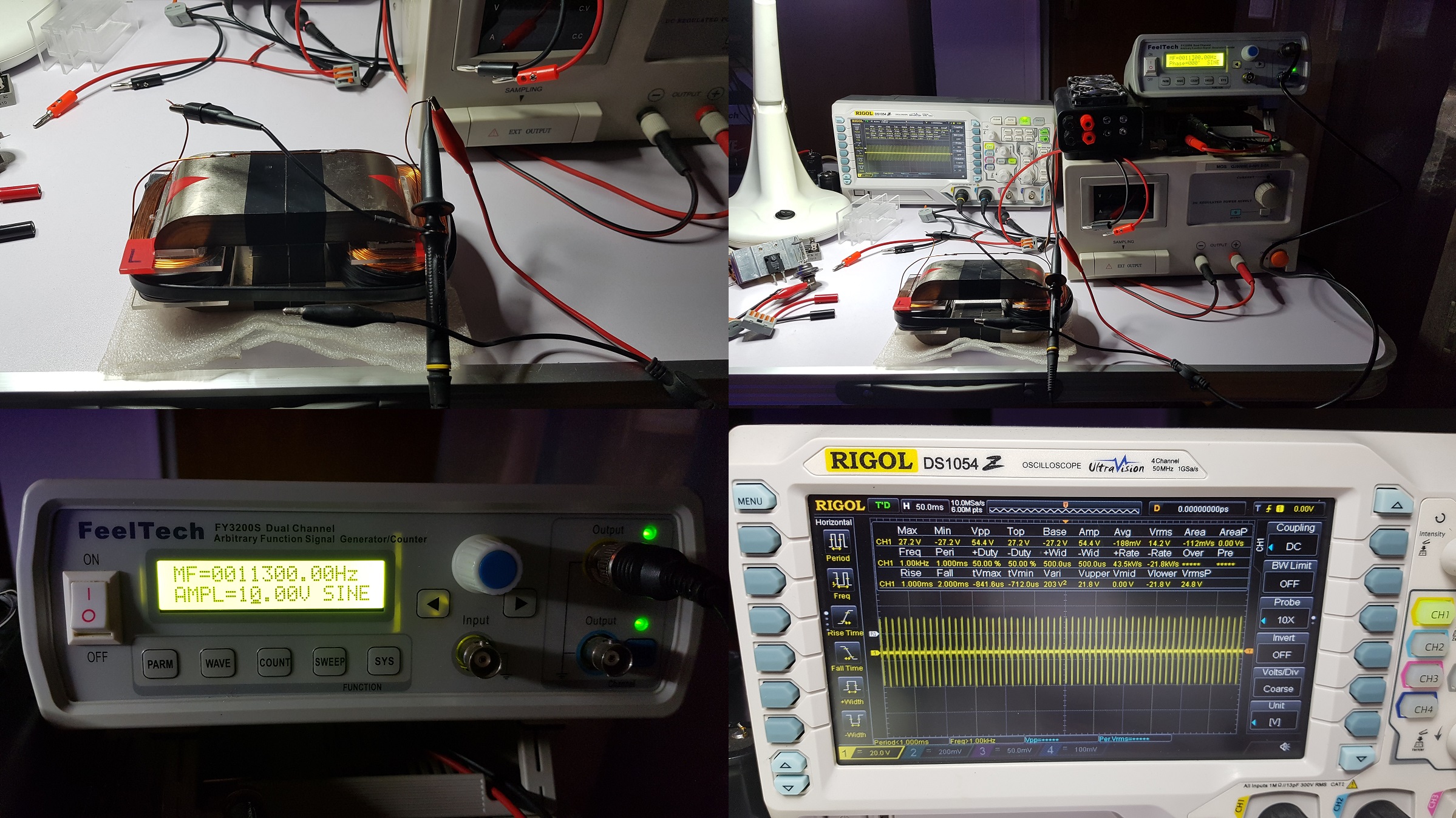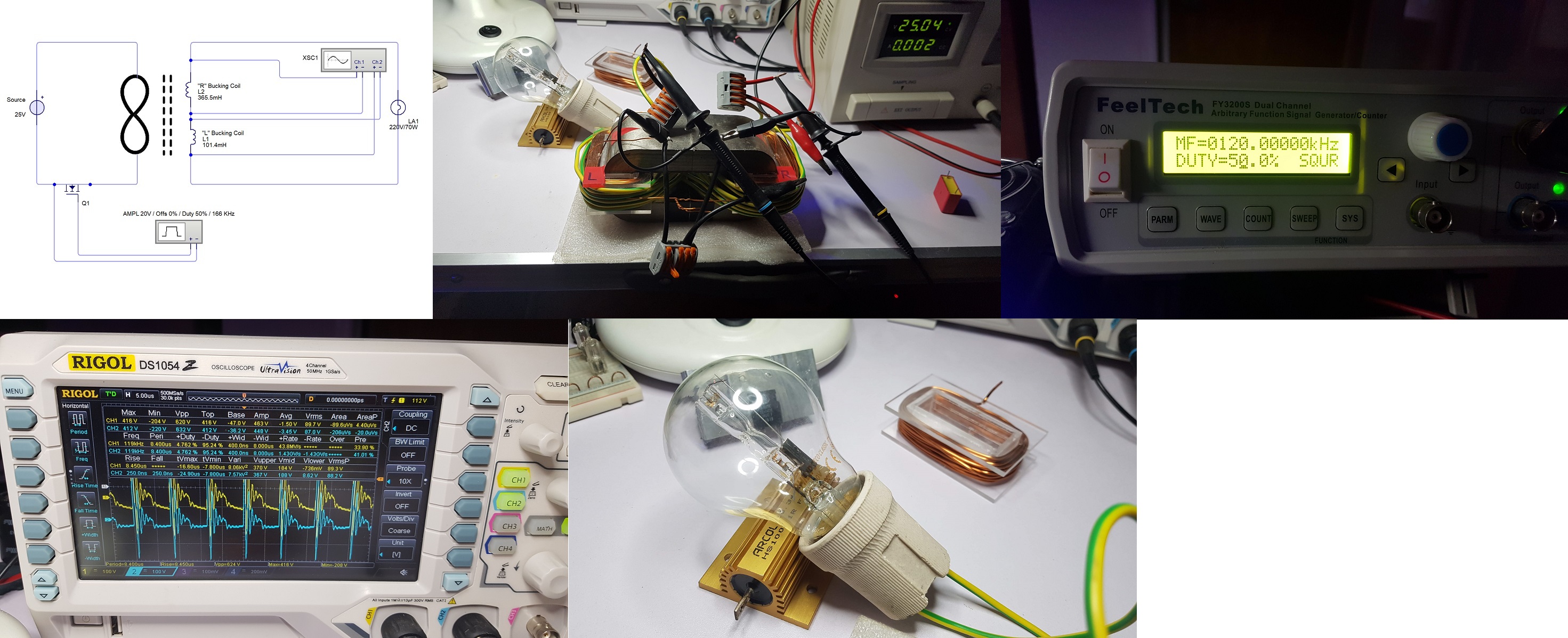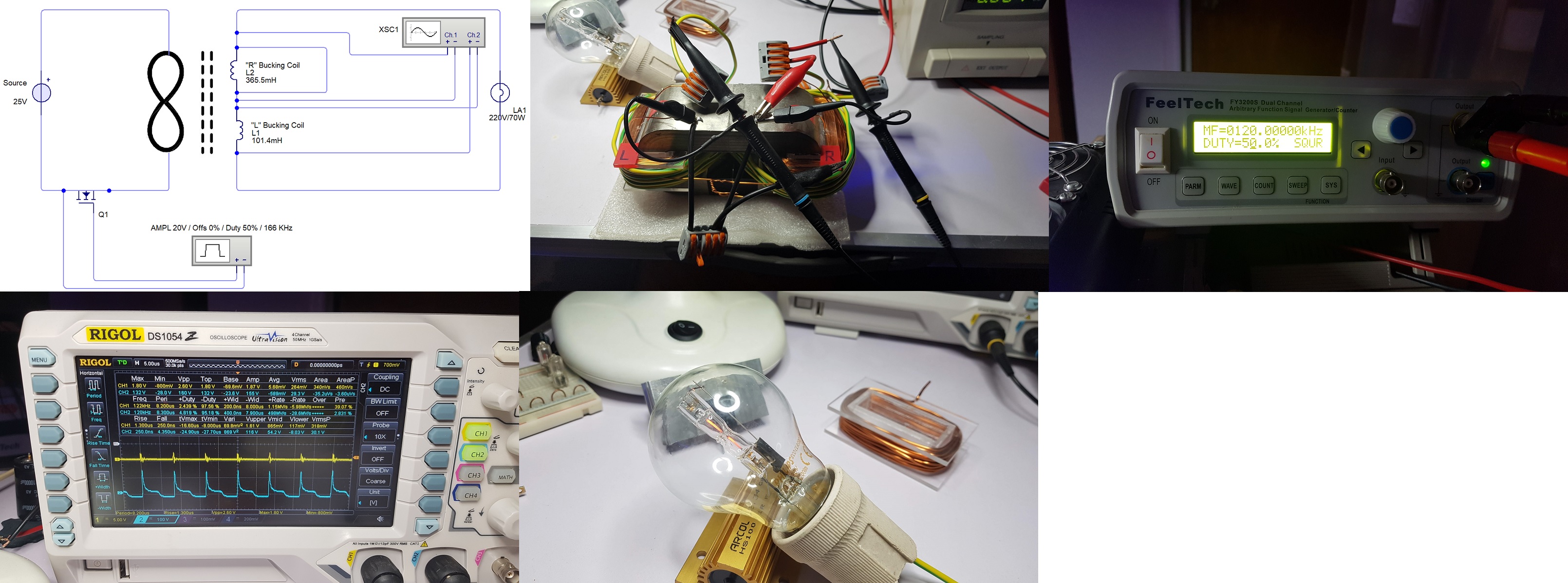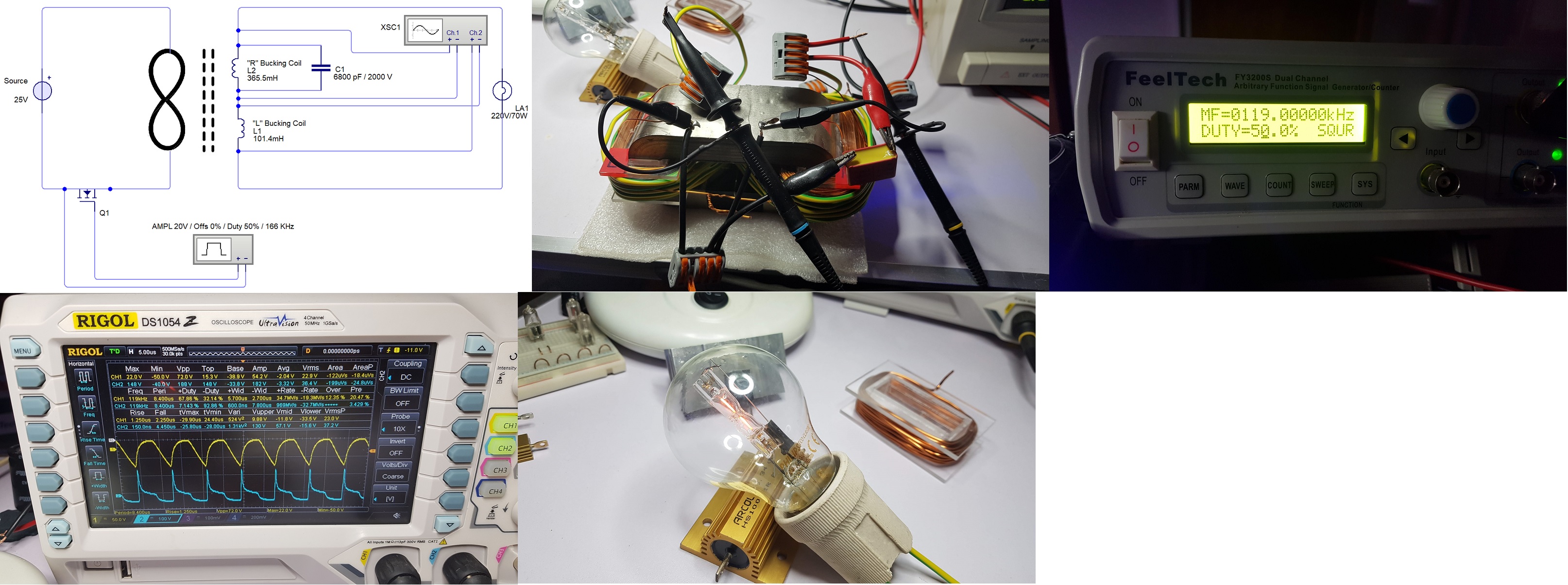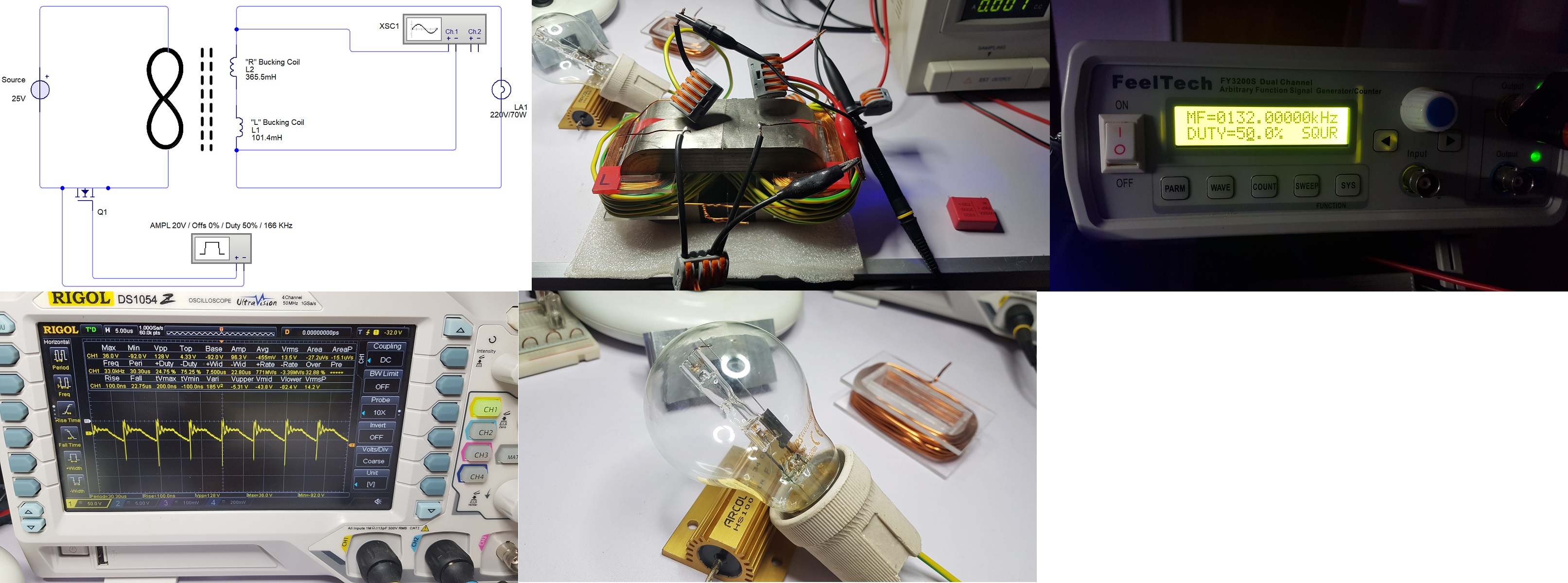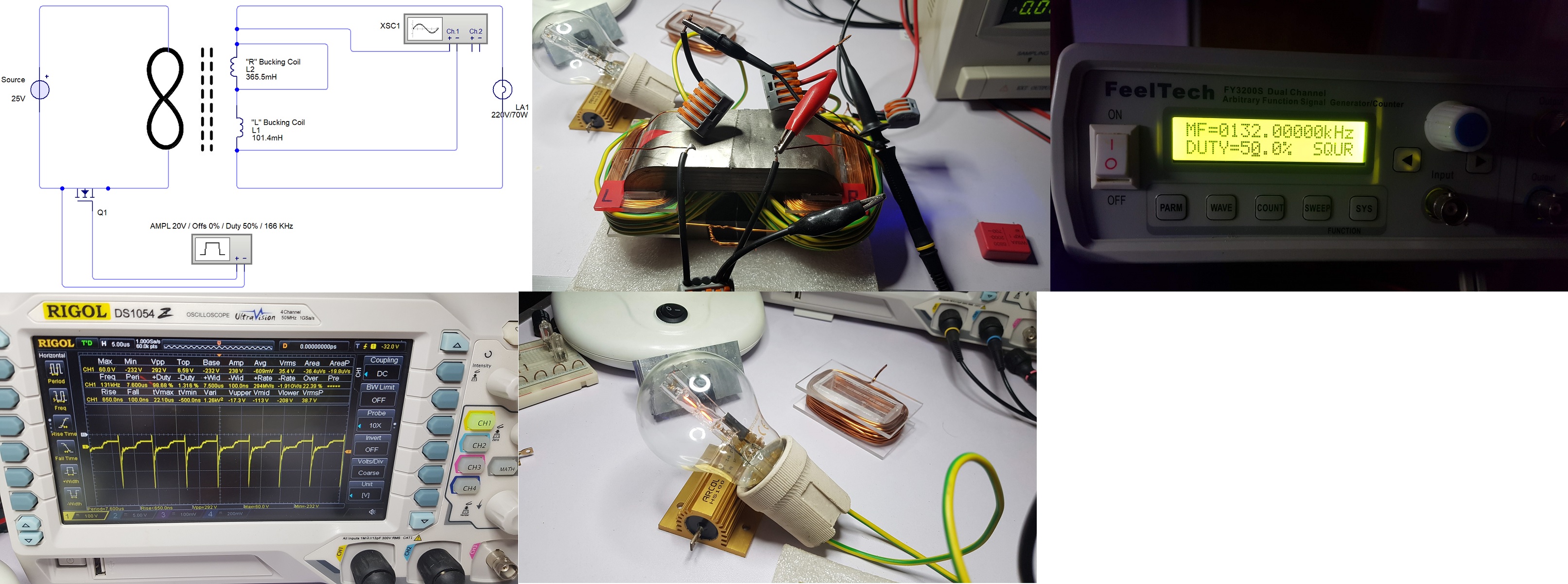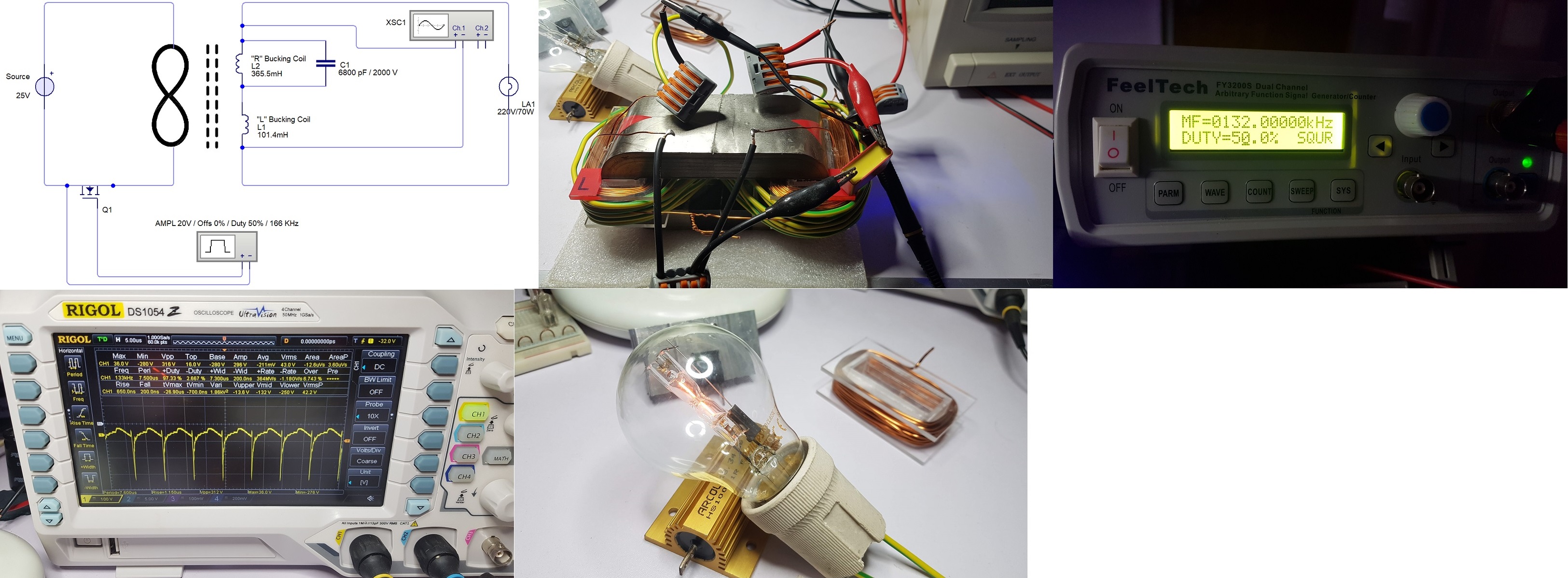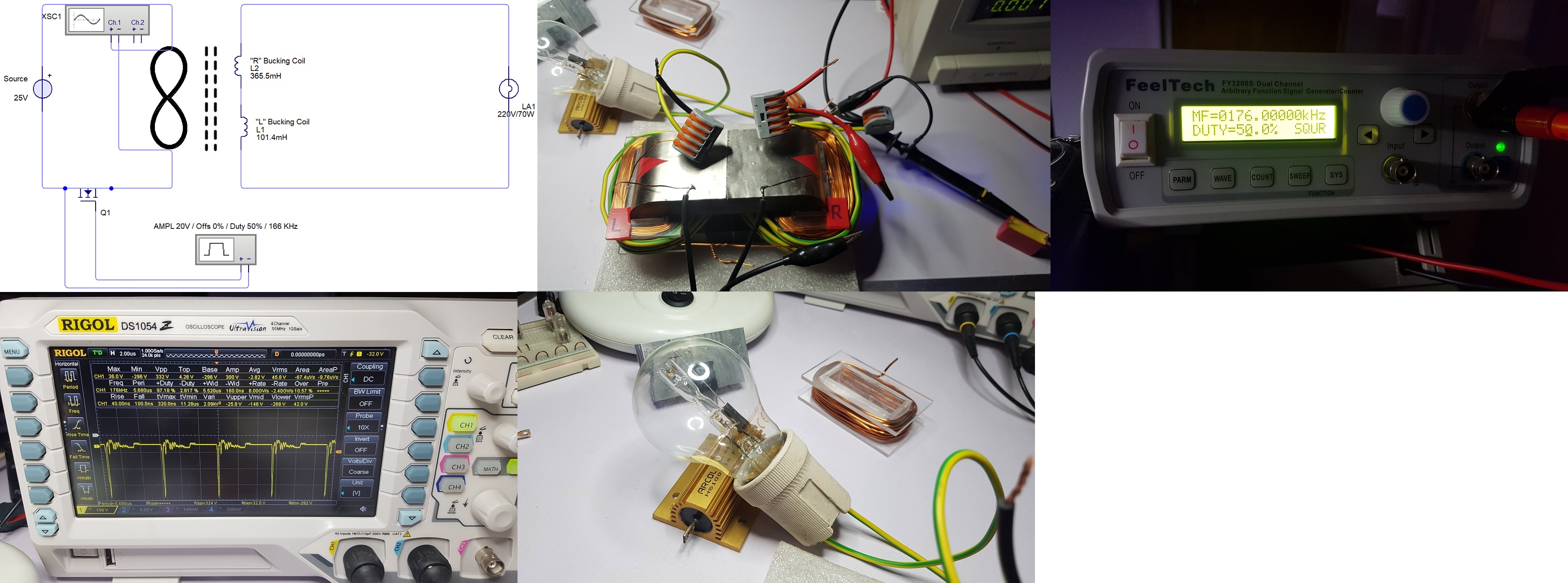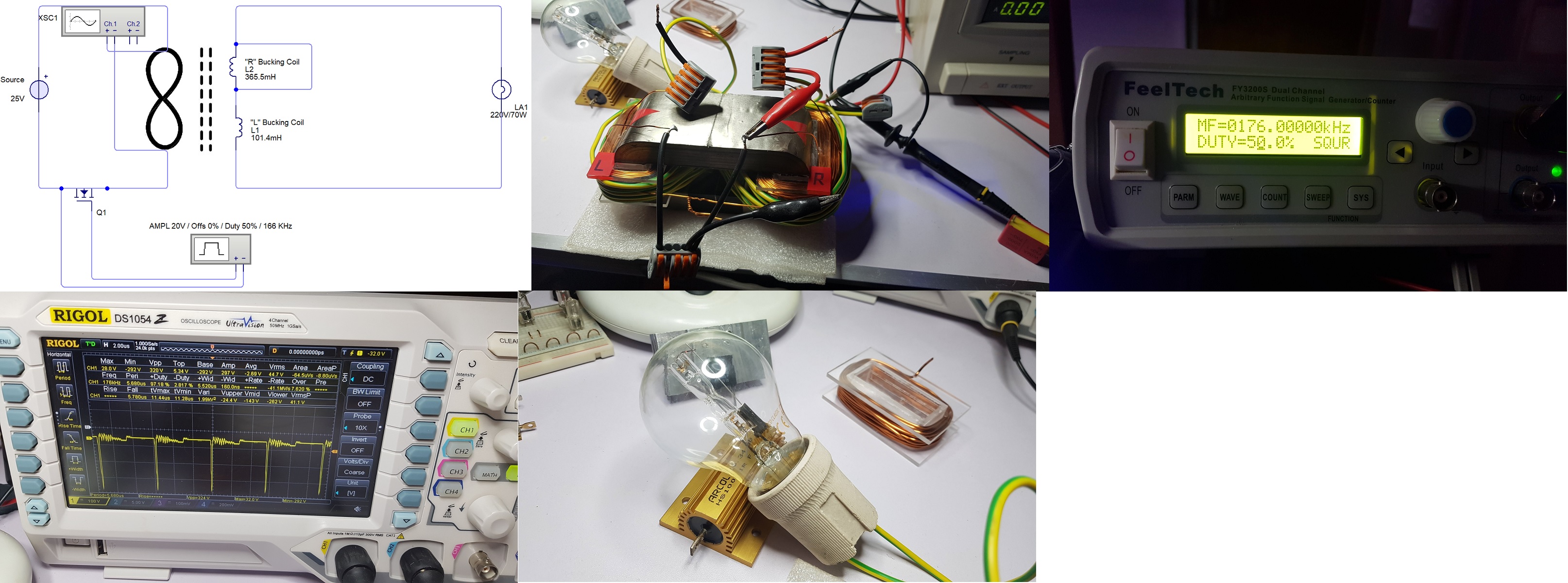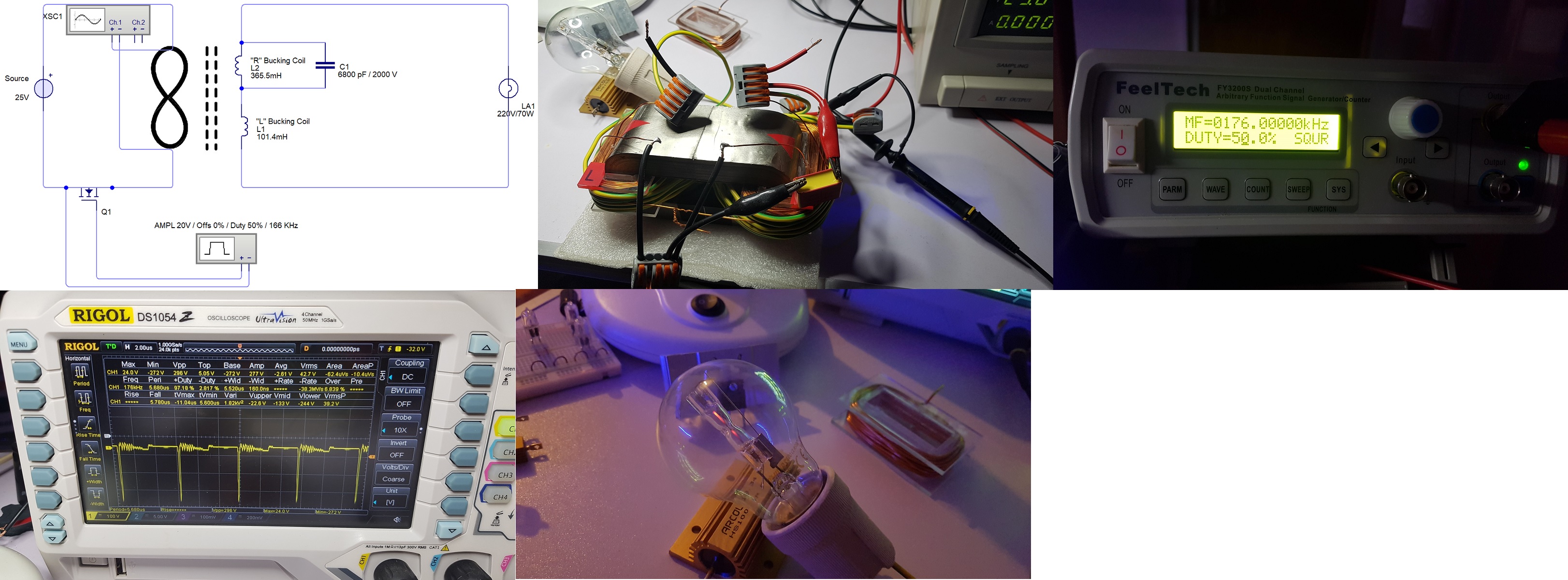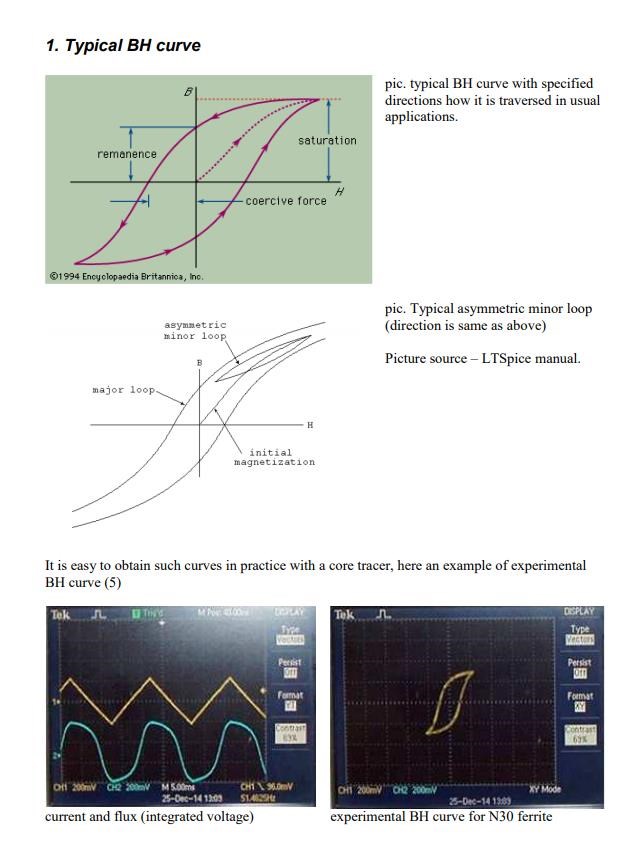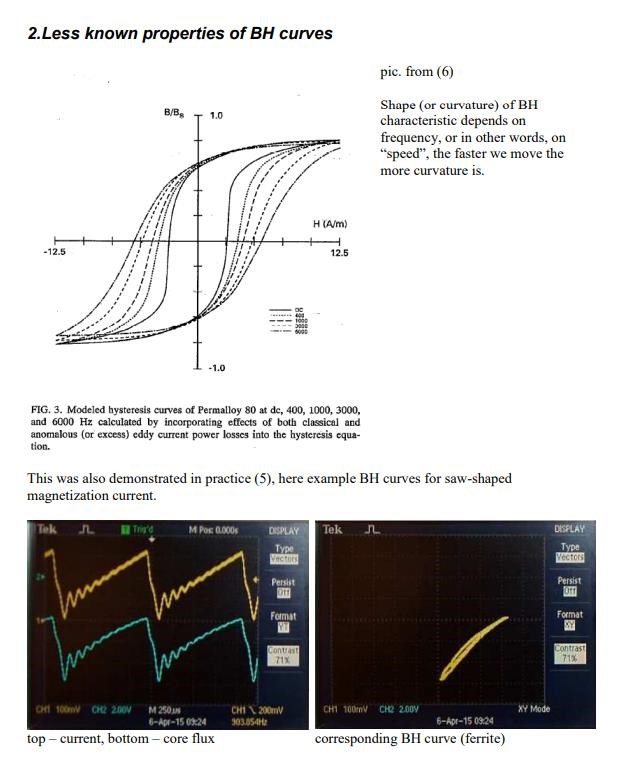Fighter
posted this
08 March 2020
I was searching in the first ZPM thread for the parameters of the test showing on ZPM's output the waveform like Graham Gunderson's device output, just wanted to verify that the new ZPM is also capable of showing that pattern:
And this is the output measurement, it's the same as I posted it last night - looking like Graham Gunderson's device output:
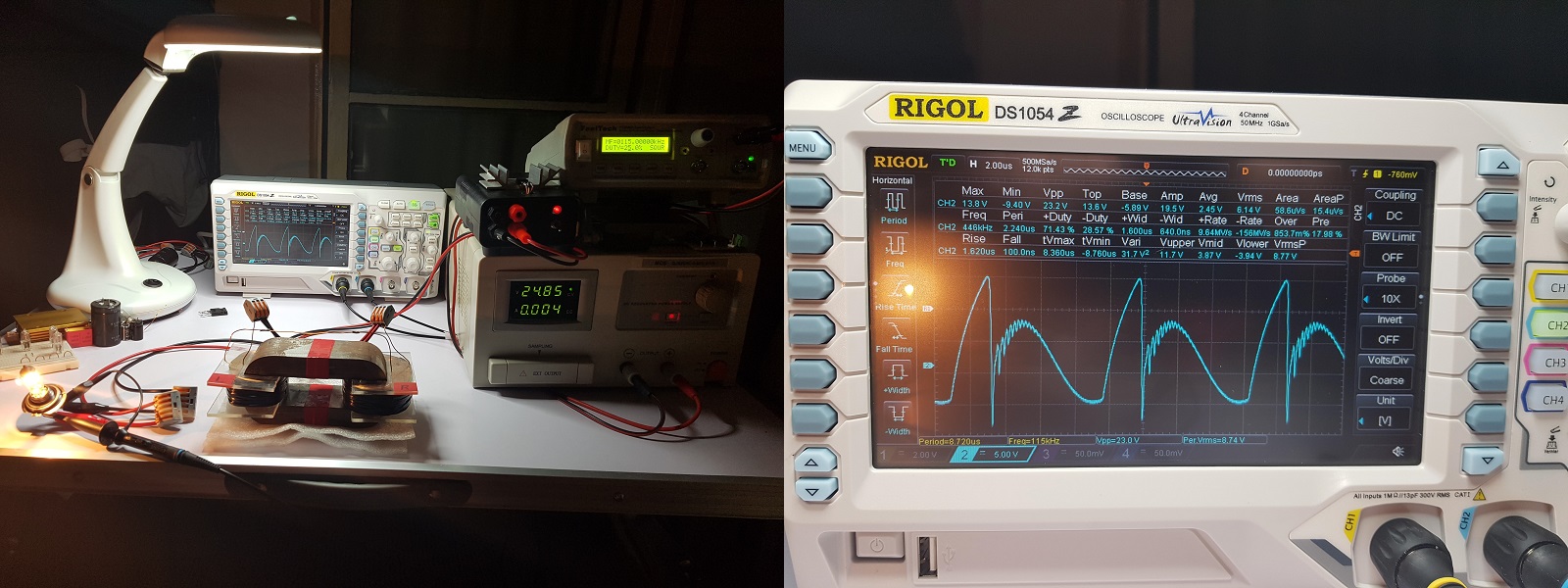
So the prototype was showing Gunderson's pattern at 115 KHz and 25% duty cycle using one 12V/55W light bulb on output.
And this is the same test using the new ZPM:
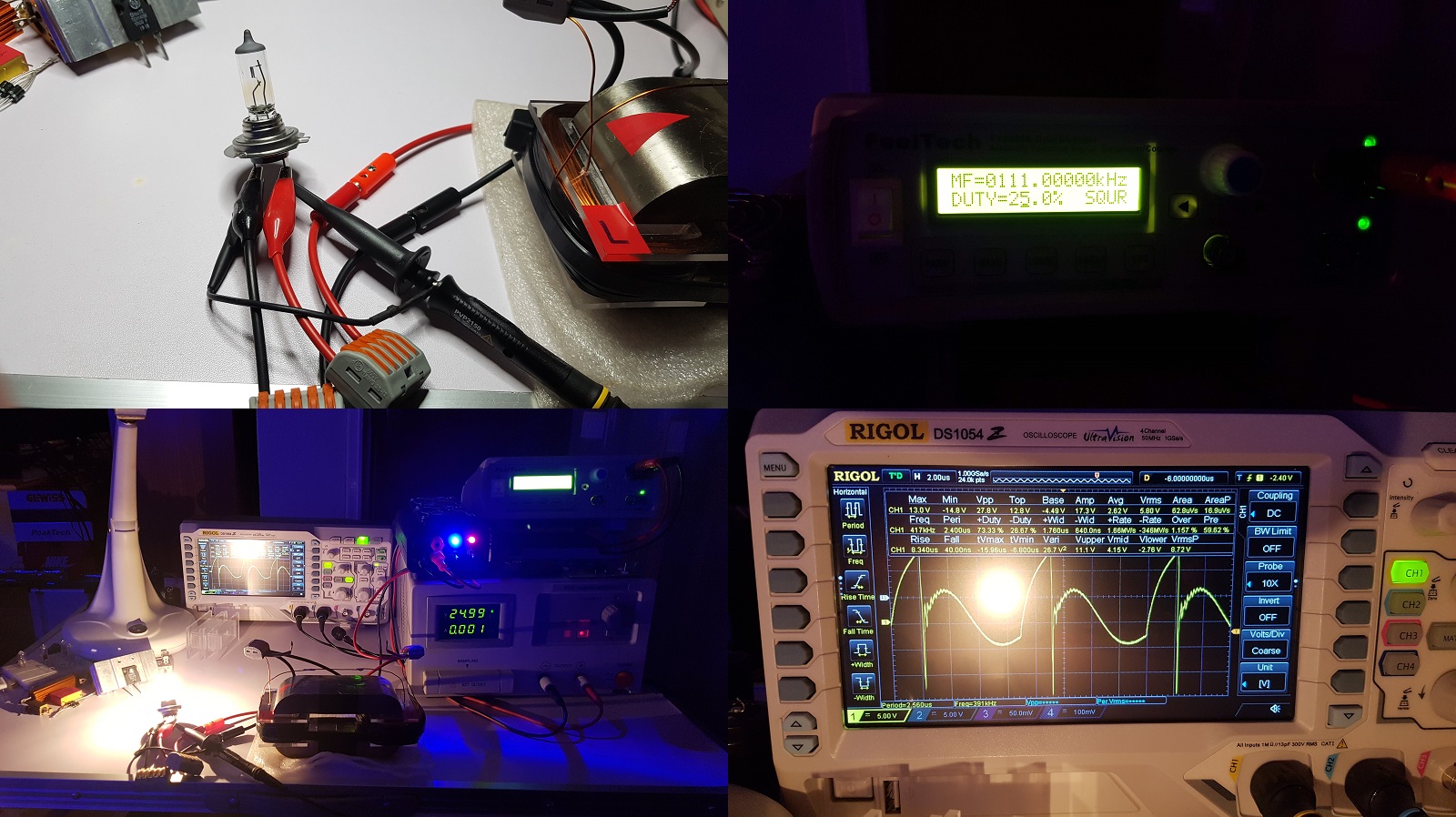
So the new ZPM has the same behavior at 111 KHz (instead of 115KHz) optimal frequency, a difference which I consider insignificant.
The only significant difference I keep thinking about is the big difference of inductance between the prototype and the replication for the bigger coil ("R"):
Edit: I just compared the inductance measured for each coil of the prototype long time ago and the inductance measured for each coil of the replica today:
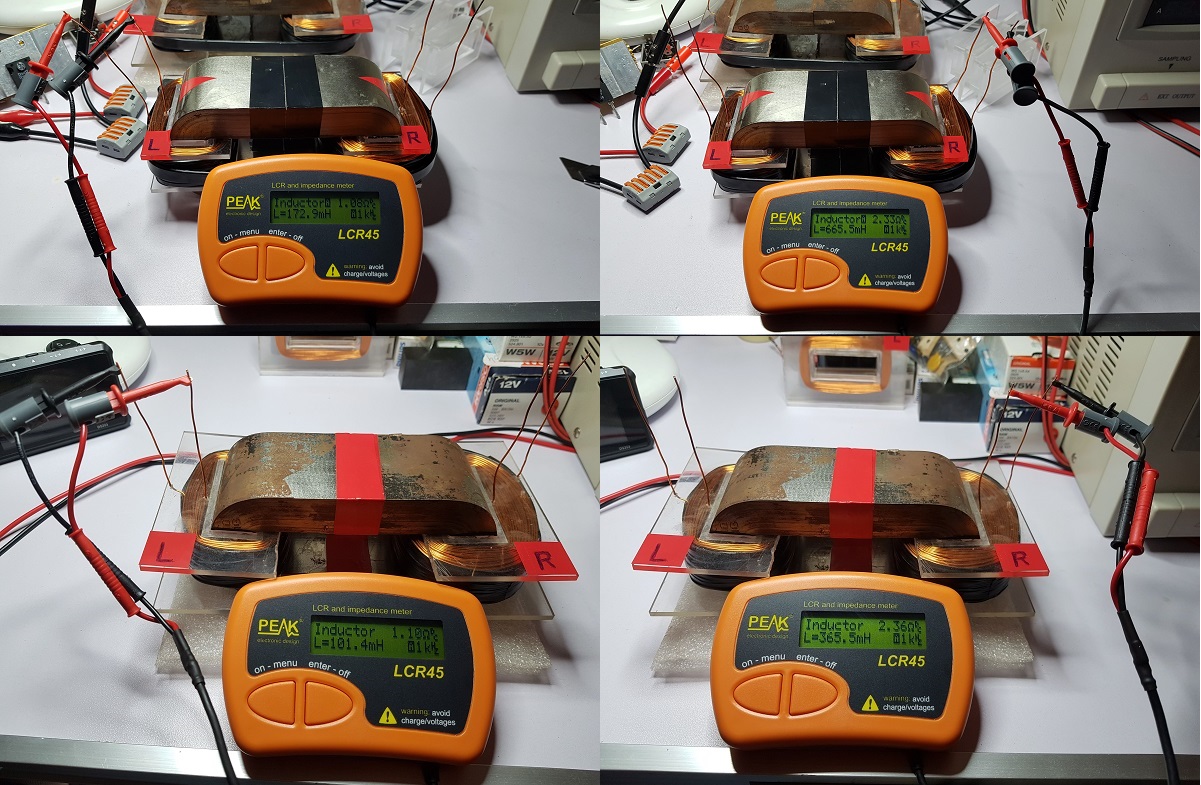
For the smaller coil ("L") I see 101.4 / 172.9 mH. Let's say this is normal as I made the coils tighter on the replica.
But for the bigger coil ("R") I see 365.5 / 665.5 mH. That's almost double inductance. I have no explanation of this difference so big.
I calibrate my LCR every time I make measurements, I calibrated it in that day and I calibrated it today.
Still, something seems wrong with the measurements of the coils characteristics.
I still have no explanation about this, I still don't know what's the cause.
In the end of this post I'm adding a image used by a guy named David Monroe in a Facebook group named "Understanding Tesla's Stationary Waves and Scalar Energy" to illustrate the behavior of the standing waves. I don't intend to post inappropriate content but the way he explains the image is like this: imagine the perturbation we make in the zero-point field as this girl jumping on the ground; the perturbation make the zero-point field oscillate in concentric waves around but, instead of propagating indefinitely away from the center, the concentric waves encounter the pressure/energy of the zero-point field and, at a certain distance from the source of the perturbation, instead of continuing to propagate they return back to the source of perturbation. The important thing is when they return to the center they contain the energy/pressure of the zero-point field which made them return to the source of the disturbance. That's the energy which is used by all over-unity devices to provide more energy on their output:

Ignoring the nice girl in the image I think the image and the explanation sounds like a good description of the standing waves and the way they can transmit energy from the zero-point field to the source of disturbance.
Chris, if you consider the image inappropriate for the forum let me know and I will remove it.
| "If you want to find the secrets of the universe, think in terms of
energy, frequency and
vibration." |
|
|
Nikola Tesla |
